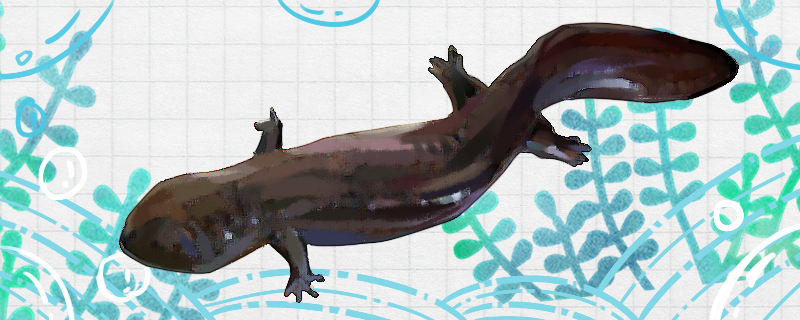
at home 1. Containers: If you raise giant salamanders at home, the first thing you need to prepare is containers. The size of the giant salamander is relatively large among amphibians, so it is better to prepare a container large enough to provide enough space for the growth of the giant salamander. If you don't have a special container, you can use a fish tank, and you can put some pebbles in it. Because the giant salamander is an amphibian, it is better to set the fish tank in a combination of land and water to simulate their living environment in the wild as far as possible.
2. Feeding: Feeding is also a very important factor when breeding giant salamanders. Giant salamanders like to eat meat and can mainly use animal feed as their food. Small fish and shrimp are very good choices, which contain very rich nutrition, and the giant salamander is more interested in these two kinds of food itself.
3. Water temperature: When breeding giant salamanders at home, attention should also be paid to controlling the water temperature. Giant salamander has certain requirements for water temperature, generally speaking, it is more appropriate to control it between 10-20 degrees. In summer, the water temperature should not be too high, generally not higher than 26 degrees.
4. Light: The giant salamander prefers a dark and humid environment. Therefore, containers can be placed in dark places, not in places where the light is very strong, otherwise it is not conducive to their growth and development.
giant salamanders? Water is needed to breed giant salamanders, and the type of water is an important issue. There are many kinds of water that can be used, and the more suitable ones are stream water, river water, reservoir water or groundwater. All kinds of factors in the water environment need to be paid attention to, the water quality should be clean, and the dissolved oxygen is generally more than 3.5 mg per liter. Attention should also be paid to the PH value, preferably in the range of 6.5-7.5.